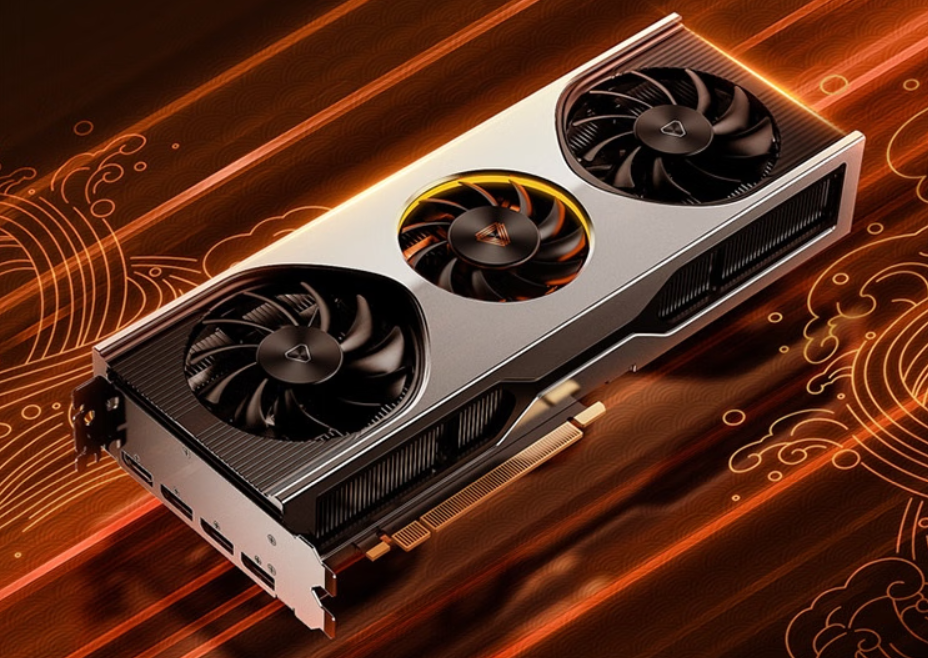
How to Increase FPS in Games Without Upgrading Your GPU
If your games feel choppy or sluggish, you do not always need a new gaming graphics card to see improvements. Small changes to settings, software, and system configuration can boost frames per second and make gameplay smoother. Here are practical ways to get better performance from your current setup.
Lower In-Game Graphics Settings
Reducing demanding settings like shadows, anti-aliasing, and texture quality can give an instant FPS boost. Lowering resolution can also help, but if you have a GDDR6 graphics card or DDR5 graphics card 8GB, you can often keep higher textures while adjusting other settings for balance.
Use Upscaling Technologies
Modern upscalers like DLSS 4 on Nvidia cards, FSR 4 on AMD cards, and XeSS 2 on Intel GPUs can dramatically improve performance without heavily sacrificing image quality. These features render at a lower internal resolution and upscale to your display resolution, giving higher FPS.
Update Drivers and Game Patches
Outdated drivers can limit performance. Download the latest drivers from your GPU manufacturer to ensure your Nvidia graphics card, AMD graphics card, or MSI graphics card is running at peak efficiency. Game patches can also optimize performance and fix bugs.
Close Background Applications
Extra programs running in the background consume CPU, RAM, and even GPU resources. Before gaming, close unnecessary apps, browsers, and background processes to free up system resources for your computer graphics card.
Optimize Power and Performance Settings
In Windows, set your power plan to High Performance. In GPU control panels, ensure your settings prioritize maximum performance rather than power saving. This can help your gaming graphics card maintain stable clock speeds during intense gameplay.
Keep Your System Cool
High temperatures can cause thermal throttling, lowering FPS. Clean dust from fans, improve airflow, or consider better cooling solutions if your graphics card for PC runs hot. Even a simple fan reposition can help maintain performance.
Small changes like these can help you enjoy smoother gameplay without investing in a new cheap graphics card or the most expensive graphics card on the market. The key is to get the most out of the hardware you already have.
- Choosing a selection results in a full page refresh.
Contact Us:
Corporate Office: 4th Floor, Siddamsetty Complex, Parklane, Secunderabad - 500003
Visit Our Store
© 2025, Shweta Computers
!





































